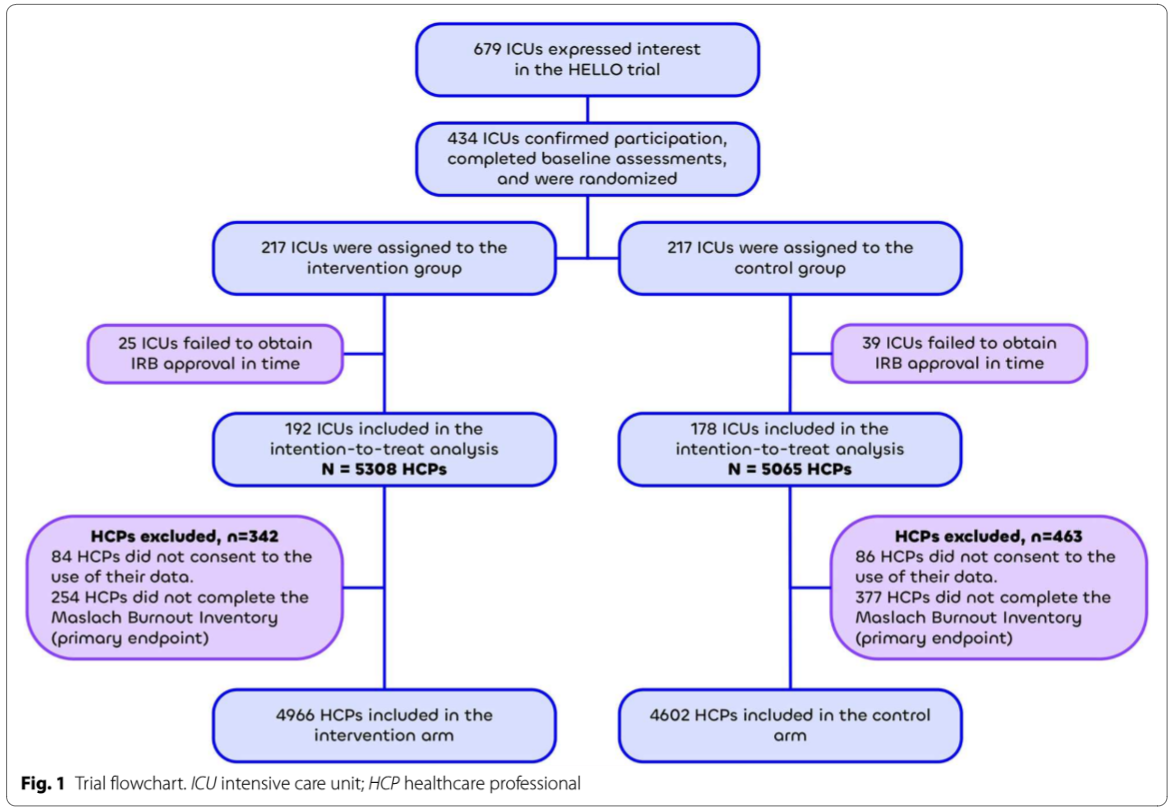Cardiovascular Dynamics
The Cardiovascular Dynamics section is led by Antonio Messina.
CD News



WhatsApp Community
If you want to stay up to date with everything happening within the Cardiovascular Dynamics Section, join the WhatsApp Community here.
Resources
Education
Courses
- Haemodynamics learning pathway
- GenIUS pathway
- Advanced course in IC Echocardiography
- ECLS/ECMO pathway
Webinars
Free live webinars are available for members & non members on the ESICM Media Library.
Research
Projects
SICU II
Sepsis in the ICU-II: Precision medicine models for sepsis-induced myocardial dysfunction
Aims:
To determine the association between left and right ventricular systolic and diastolic dysfunction (Aim 1), novel biomarkers (Aim 2) and adverse outcome in SIMD. Finally, we will determine the combined value of clinical, biomarker, echocardiographic, and haemodynamic variables (Aim 3). Adverse outcomes are defined as acute myocardial injury (Effect 1), days free of organ support (Effect 2), 30-day mortality (Effect 3) and days alive and out of hospital at 30 days after ICU admission (Effect 4). We will use traditional statistical inference based on standard multivariable and mixed model analysis to explore the prognostic significance of individual and combined predictor variables.
(2) A machine learning algorithm to identify important features for prediction of short- and long-term mortality: To use an ensemble tree-based machine learning approach to identify the most important features (i.e. variables), among a set of supplied features, that can predict mortality, and examine how each feature alters the prior expectation of ICU outcome (Aim 4, Effect 5).
(3) Consensus definition of sepsis-induced myocardial dysfunction: Combining the results of our studies with current literature, we will invite key opinion leaders within the field to formulate a consensus for the definition, management and future research priorities for SIMD (Aim 5).
FOR MORE INFORMATION, PLEASE CONTACT Michelle Chew Dept of Anaesthesia and Intensive Care, Linköping University Hospital, S58185, Sweden. Michelle.chew [ @ ] liu.se
FENICE II
Fluid Challenge in Intensive Care: a worldwide global inception cohort study.
Aims:
Primary aim: The primary aim is to describe the modality of fluid administration during the first 5 days of ICU stay considering 1) the overall fluid balance; 2) the characteristics of the fluids given; 3) the modality of fluid administration.
Secondary aims:
- To explore any association between fluid administration characteristics and clinical outcomes (see further)
- To evaluate factors potentially associated with the respective proportion of the different modalities of fluid administration
- To characterize FC administration modality in a large cohort of ICU patients.
Clinical outcomes:
- In-hospital, intensive care unit, and 30-day mortality.
- Major organ dysfunction: lungs, heart and circulatory system, kidneys.
- Variation in SOFA score within 7 days from admission.
Functional outcomes:
- Volume of resuscitation fluids within 5 days from admission, type of fluid, and modality of administration.
Net daily fluid balance within 5 days.
Objectives:
To describe the fluid challenge administration modality and appraise the use of variables and functional haemodynamic tests to guide bolus infusion.
To provide a comprehensive global description of fluid administration modalities during the initial days of ICU admission and to explore any association between fluid administration characteristics and clinical outcomes.
FENICE
FENICE (Fluid Challenges in Intensive Care) is a multicentre observational trial designed and conducted by the ESICM Trials Group to investigate how fluids are administered in critically ill patients.
The purpose of this study is to evaluate how fluids are administered and how frequently fluid administration results in a positive haemodynamic response.
Fluid challenges in intensive care: the FENICE study – A global inception cohort study.
The ICU CardioMan Study
Cardiovascular Monitoring & Management in Austrian, German and Swiss Intensive Care Units. The objective of this multicentre study was to analyse the reality of haemodynamic monitoring and therapy of the critically ill in Austrian, German and Swiss intensive care units. This included acquisition of data on which types of haemodynamic monitoring clinicians have available in their ICU.
This study also aimed to investigate which indications lead to therapy decisions and/or extension of haemodynamic monitoring and which parameters serve as therapeutic goals. Additionally, this study investigated how the extension of haemodynamic monitoring guides and modifies therapeutic decisions and strategies in clinical practice.
Project Groups
- ECHO Project Group: VIEILLARD-BARON Antoine
- To promote and support research and education on echocardiography in ICU.
- Haemodynamic monitoring: MONNET Xavier
- To promote and support research and education on haemodynamic monitoring in ICUs.
- Monitoring of sublingual microcirculation
Surveys
UCARDS
Use of CARdiovascular Drugs in Shock. In shock, organs are hypoperfused leading to dysfunction or death at a cellular level, as well as disruption in cardiovascular functions. Cardiovascular drugs are often used to manage patients in this state, despite the lack of consensus on their use.
This survey from the Cardiovascular Dynamics Section aimed to evaluate the indications, current practice, and therapeutic goals in European ICUs on the use of cardiovascular drugs in the treatment of shock states.
Publication: Scheeren T.W.L et al. 2019. Current use of vasopressors in septic shock
Intra-abdominal Hypertension and Abdominal Compartment Syndrome World Survey.
This survey, endorsed by ESICM and WSACS, is part of a research project which aims to determine the impact, if any, of the 2013 World Society of the Abdominal Compartment Syndrome (WSACS) IAH/ACS Consensus Definitions/Clinical Management Guidelines, IAP measurement practices, on IAH/ACS clinical awareness and management.
Results from this survey will be compared with those obtained from a similar survey conducted in 2007.
This project was conducted by Dr RD Wise, a member of the WSCAS Clinical Trials Working Group, supported by WSACS and led by Pr Manu Malbrain.
Red Cell Transfusion
Variation in red cell transfusion practice in the ICU: an international survey.
The INOX-ICU 1 team: S. A Willems Bsc, Sesmu Arbous MD/PhD, Prof. J. Kesecioglu MD/PhD, Prof. J. van der Bom MD/PhD, Prof. S. le Cessie PhD, P.J. Marang-van de Mheen PhD, F. Kranenburg MD/PhD
This survey aims to estimate the extent of variation in transfusion decisions within four clinical scenarios. This knowledge can add to further improve personalised care with respect to transfusion practice in critically ill patients.
Relevant Literature
- Hernandez G. et al. Invasive arterial pressure monitoring: much more than mean arterial pressure! Intensive Care Med. 2022 Oct;48(10):1495-1497.
- De Backer D. et al. How can assessing hemodynamics help to assess volume status? Intensive Care Med. 2022 Oct;48(10):1482-1494.
- Hamzaoui O. and Teboul J-L. Central venous pressure (CVP). Intensive Care Med. 2022 Oct;48(10):1498-1500.
- Cour M. et al. Remote ischemic conditioning in septic shock: the RECO-Sepsis randomized clinical trial. Intensive Care Med. 2022 Sep 14.
- Dung-Hung C. et al. External validation of a machine learning model to predict hemodynamic instability in intensive care unit. Crit Care. 2022 Jul 14;26(1):215.
- Shi R. et al. Tidal volume challenge to predict preload responsiveness in patients with acute respiratory distress syndrome under prone position. Crit Care. 2022 Jul 18;26(1):219.
- Gavelli F. et al. Extravascular lung water levels are associated with mortality: a systematic review and meta-analysis. Crit Care. 2022 Jul 6;26(1):202.
- Meyhoff T.S. et al. Restriction of Intravenous Fluid in ICU Patients with Septic Shock. N Engl J Med. 2022 Jun 30;386(26):2459-2470.
- Legrand M. and Zarbock A. Ten tips to optimize vasopressors use in the critically ill patient with hypotension. Intensive Care Med. 2022 Jun;48(6):736-739.
- Slobod D. et al. Right Ventricular Loading by Lung Inflation during Controlled Mechanical Ventilation. Am J Respir Crit Care Med. 2022 Jun 1;205(11):1311-1319.
- Ahuja S. et al. Association between early cumulative fluid balance and successful liberation from invasive ventilation in COVID-19 ARDS patients – insights from the PRoVENT-COVID study: a national, multicenter, observational cohort analysis. Crit Care. 2022 Jun 1;26(1):157.
- Messina A. et al. Fluid challenge in critically ill patients receiving haemodynamic monitoring: a systematic review and comparison of two decades. Crit Care. 2022 Jun 21;26(1):186.
- Raia L. et al. Impaired skin microvascular endothelial reactivity in critically ill COVID-19 patients. Ann Intensive Care. 2022 Jun 13;12(1):51.
- Monnet X. et al. Prediction of fluid responsiveness. What’s new? Ann Intensive Care. 2022 May 28;12(1):46.
- Zarrabian B. et al. Liberation from Invasive Mechanical Ventilation with Continued Receipt of Vasopressor Infusions. Am J Respir Crit Care Med. 2022 May 1;205(9):1053-1063.
- Bougouin W. et al. Epinephrine versus norepinephrine in cardiac arrest patients with post-resuscitation shock. Intensive Care Med. 2022 Mar;48(3):300-310.
- Wieruszewski P.M. and Khanna A.K. Vasopressor Choice and Timing in Vasodilatory Shock. Crit Care. 2022 Mar 22;26(1):76.
- Bakker J. et al. Current practice and evolving concepts in septic shock resuscitation. Intensive Care Med. 2022 Feb;48(2):148-163.
- Huang H. et al. Value of variation of end-tidal carbon dioxide for predicting fluid responsiveness during the passive leg raising test in patients with mechanical ventilation: a systematic review and meta-analysis. Crit Care. 2022 Jan 14;26(1):20.
- Finfer S. et al. Balanced Multielectrolyte Solution versus Saline in Critically Ill Adults. N Engl J Med. 2022 Jan 18. doi: 10.1056/NEJMoa2114464.
- Zampieri F.G. et al. Effect of Slower vs Faster Intravenous Fluid Bolus Rates on Mortality in Critically Ill Patients: The BaSICS Randomized Clinical Trial. JAMA. 2021 Sep 7;326(9):830-838. doi: 10.1001/jama.2021.11444.
- Zampieri F.G. et al. BaSICS investigators and the BRICNet members. Effect of Intravenous Fluid Treatment With a Balanced Solution vs 0.9% Saline Solution on Mortality in Critically Ill Patients: The BaSICS Randomized Clinical Trial. JAMA. 2021;326(9):1–12. doi: 10.1001/jama.2021.11684.
- Antequera Martín A.M. Buffered solutions versus 0.9% saline for resuscitation in critically ill adults and children. Cochrane Database Syst Rev. 2019 Jul 19;7(7): CD012247. doi: 10.1002/14651858.
Article Reviews
A new perspective for Oxygen Therapy in Suspected Acute Myocardial Infarction
The DETO2X-AMI is the largest trial to date investigating the effect of oxygen therapy in patients with suspected IMA with no hypoxaemia at baseline, both in the prehospital and hospital setting.
Angiotensin II for the Treatment of Vasodilatory Shock
Vasodilatory shock is a severe clinical condition characterised by acute reduction of vascular resistance leading to systemic hypoperfusion, multi-organ dysfunction and death.
Conservative fluid management: Turn off the tap after use?
In the recently published updated guidelines by the Surviving Sepsis Campaign, fluid administration is the mainstay of initial resuscitation of septic patients and it should be performed early
Restricting volumes of resuscitation fluid in adults with septic shock: CLASSIC Trial
The administration of fluid optimises intravascular volume and perfusion pressure of vital organs, excessive fluid administration can be detrimental.
Cardiac output measurements: Echocardiography vs. thermodilution
The clinical standard is considered to be intermittent thermodilution technique based on the Stewart–Hamilton equation. This technique has its limitations, including variability in serial measurements of CO and rare, but potentially serious, complications.